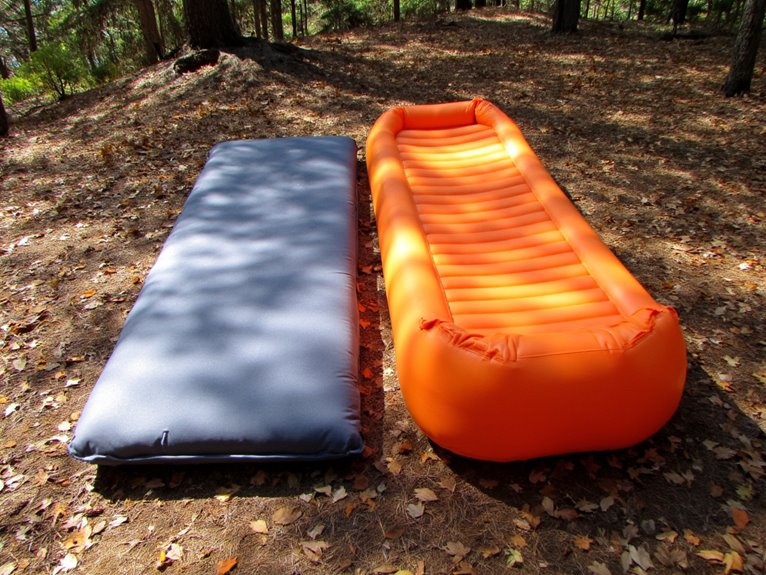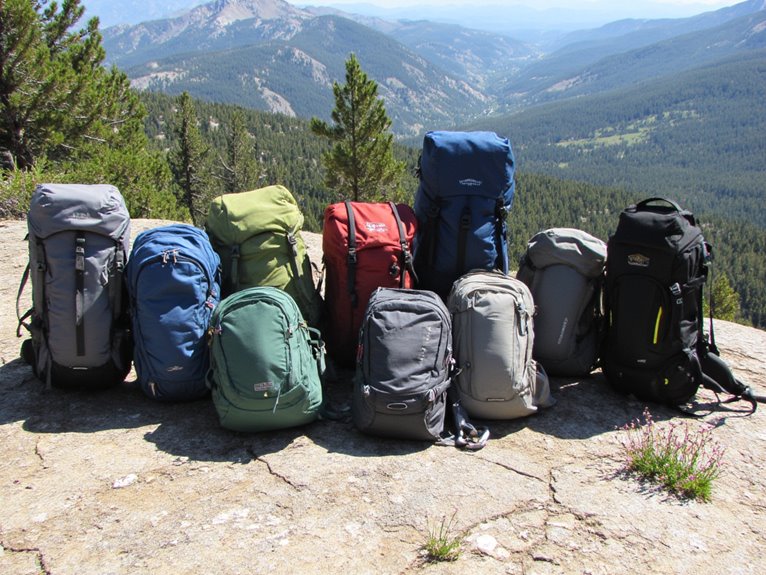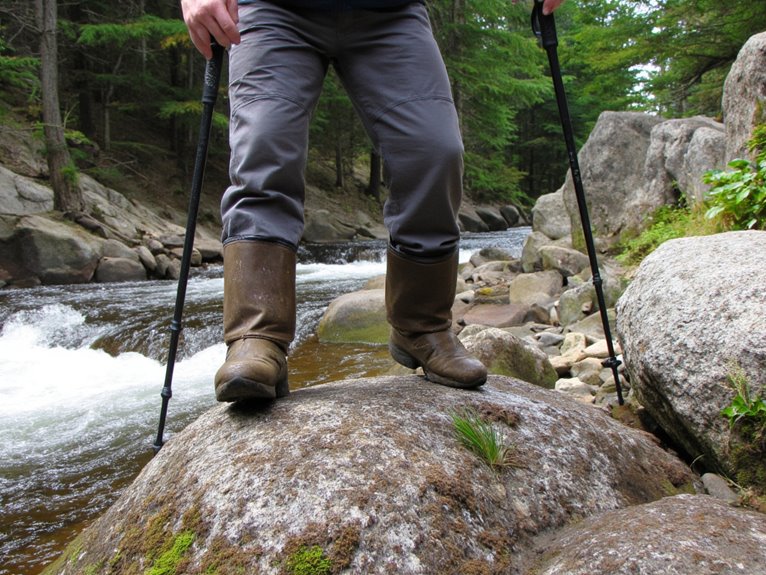How Long Do Folding Kayaks Last?
The lifespan of a folding kayak largely depends on its quality of construction, with a well-built kayak potentially lasting for 10 to 15 years or more with proper usage and maintenance. A kayak's durability is influenced by robust materials, meticulous craftsmanship, and attention to detail. Improper usage, environmental factors, and lack of maintenance can substantially reduce its lifespan. Regular inspections and addressing minor issues promptly can prevent major problems. By understanding the key factors affecting a folding kayak's lifespan, you can take the necessary steps to prolong its lifespan and guarantee many years of trouble-free paddling – and there's more to discover on this topic.
We are supported by our audience. When you purchase through links on our site, we may earn an affiliate commission, at no extra cost for you. Learn more. Last update on 21st January 2026 / Images from Amazon Product Advertising API.
Quality of Construction Matters
The structural integrity and durability of a folding kayak depend heavily on the quality of its construction, which is why manufacturers that prioritize robust materials and meticulous craftsmanship ultimately produce more reliable and long-lasting vessels.
A well-built folding kayak will withstand the rigors of frequent use, transportation, and storage, ensuring a longer lifespan.
The choice of materials, such as durable fabrics, sturdy frames, and reliable hinges, plays a vital role in determining the kayak's overall durability.
In addition, attention to detail in the manufacturing process, including precise stitching, secure attachments, and a watertight seal, helps to prevent wear and tear, leaks, and other issues that can compromise the kayak's integrity.
Additionally, manufacturers that focus on quality construction can confidently guarantee their products, which boosts customer confidence and loyalty.
Usage and Maintenance Impact
Proper usage and regular maintenance are essential to extending the lifespan of a folding kayak, as they directly impact its performance, safety, and overall durability.
Improper usage, such as exceeding weight capacity or traversing through rough waters, can lead to premature wear and tear.
Regular maintenance, including cleaning, drying, and storing the kayak properly, helps prevent damage from UV rays, mold, and mildew.
Additionally, inspecting the kayak for signs of wear and addressing them promptly can prevent minor issues from becoming major problems.
Environmental Factors at Play
Several environmental factors, including exposure to sunlight, humidity, and saltwater, can substantially impact the durability and performance of a folding kayak over time.
Prolonged exposure to direct sunlight can cause the kayak's materials to degrade, leading to fading, brittleness, and cracks.
High humidity can lead to mold and mildew growth, compromising the kayak's structural integrity.
Saltwater exposure can cause corrosion and damage to metal components, while also accelerating the degradation of materials.
To minimize these environmental factors, you should store the kayak in a shaded area, use a protective cover, and rinse it thoroughly after saltwater use.
Signs of Wear and Tear
As the folding kayak accumulates mileage, subtle signs of wear and tear will inevitably emerge, manifesting as scratches, dents, and fading of the hull's finish.
These cosmetic issues may not compromise the kayak's structural integrity, but they can be indicative of more severe problems.
Check for loose or corroded rivets, rust on metal components, and signs of UV degradation, such as cracks or brittleness.
Inspect the hull for soft spots, blisters, or delamination, which can lead to water ingress.
Pay attention to worn-out or damaged seals, gaskets, and bungee cords, as they can compromise the kayak's watertightness.
Regularly inspecting your folding kayak for these signs of wear and tear will help you address potential issues before they become major problems.
Extending the Lifespan of Yours
Regular maintenance and careful storage are essential to extending the lifespan of your folding kayak, allowing you to enjoy countless adventures on the water while protecting your investment.
Clean your kayak regularly, paying attention to areas prone to abrasion and corrosion. Apply a protective coating to metal parts and treat fabric components with a waterproofing agent.
Store your kayak in a dry, cool environment, away from direct sunlight. Avoid folding or creasing the hull, and consider using a storage bag or cover to shield it from dust and debris.




